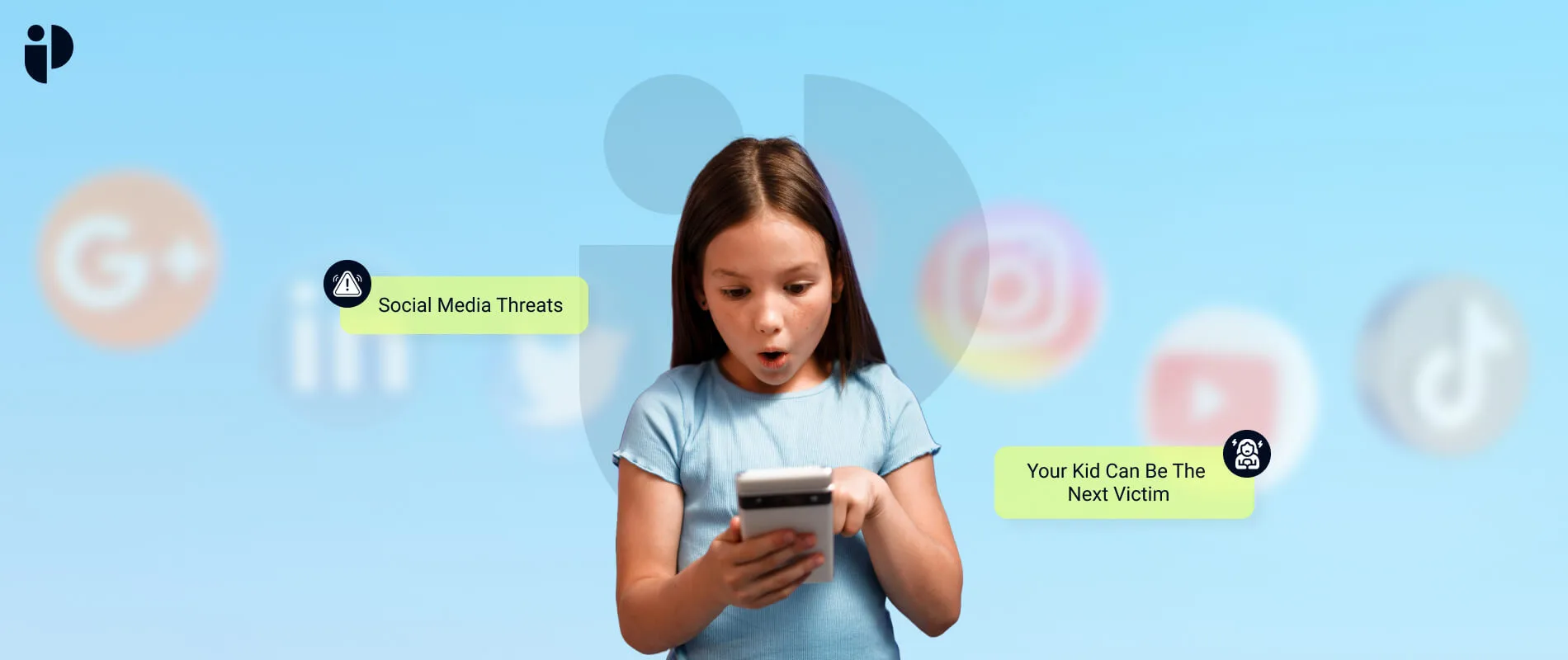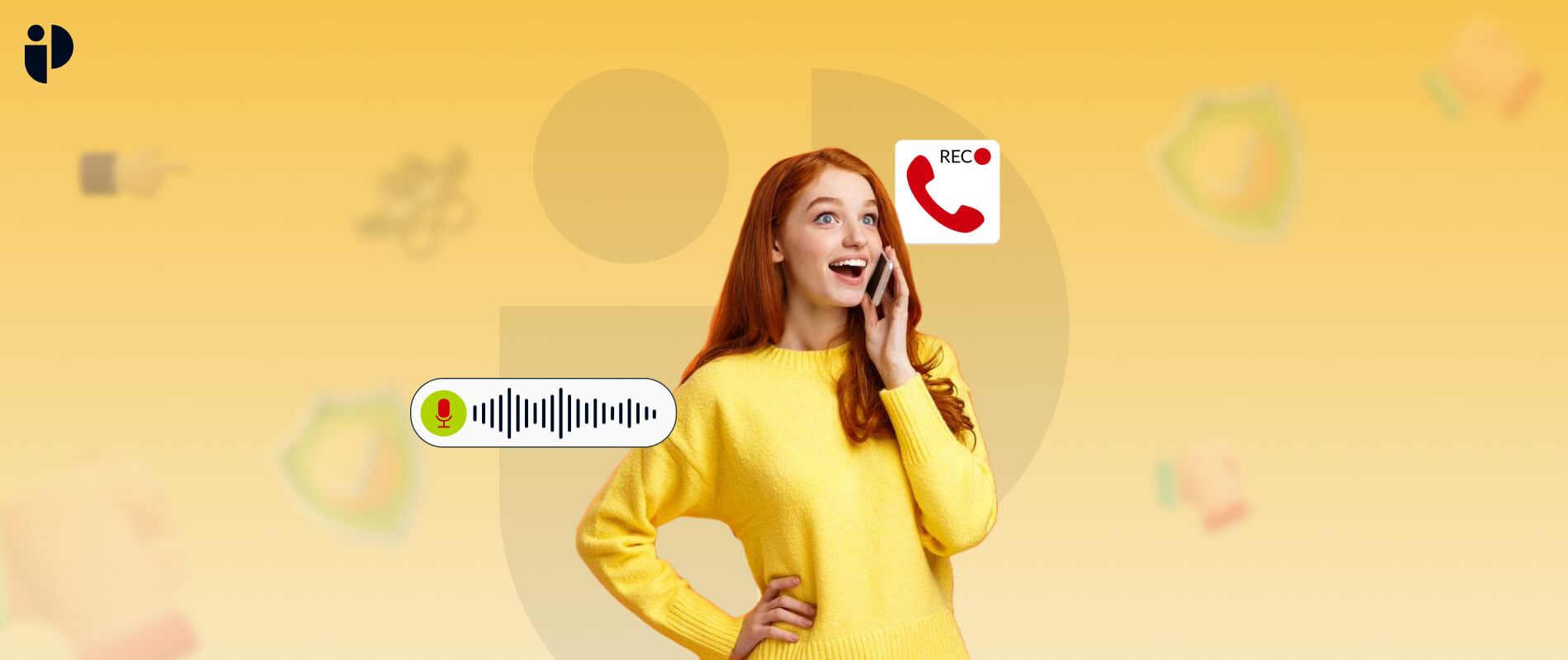Internet safety is a growing concern with an increased social media dependence. Your kids belong to a digital generation with screens and electronic gadgets everywhere. They find it exciting to keep up with the latest trends and communicate online with friends and strangers.
Social media apps are designed to engage users for a longer period of time. Besides a strong potential for addiction, excessive use of these platforms can endanger your child’s security and health. You must be aware of the latest social media threats so that you can train your child to be a responsible digital citizen.
Wondering how to protect your children in this flood of social media? This activity elaborates on common social media threats kids may face and tips for keeping them safe online. Let’s read ahead to discover more!
Understanding Threats on Social Media
More than 210 million individuals, including kids, are victims of internet and social media addiction worldwide.
If we look into the cyber threats occurring in America, a research reported that
Native American adolescents experienced 4.39 higher odds of cyberbullying perpetration.
Understanding the potential dangers, you can deal with them to ensure your child’s online safety.
-
Age-inappropriate Content
Social media sites like Facebook and Instagram are flooded with content inappropriate for children. Your child may intentionally or unintentionally come across racism, violence, porn, and drugs through unprotected feeds. If they see any such dangerous or filthy things, you may find a drastic decline in their eating habits, behavior, and mental health.
-
Oversharing Posts and Personal Information
Kids love to post personal pictures and their favorite content on social media to impress their friends. They may be ignorant or unaware of the long-lasting effects of what they share online. Anyone can screenshot, download, save, or share their posts whether they want it or not. Oversharing on social media can harm their future academics or career in the long run.
-
Cyberbullying
A significant portion of Cyberbullying happens through social media. A study reveals that 1 in 4 teens have fallen victim to cyberbullying more than once. Bullies usually stay anonymous and use their online power to harm others. Kids may create gossip profiles, send harsh messages, and post harmful content about their fellows. It can have severe, long-lasting effects on your kid’s mental health. They may not control their behavior and act out to combat the situation against them.
-
Online Predators Targeting Children
A simple friend request or message from a stranger can put your child at risk. Predators may attract kids with assurances or shared interests, extorting them sexually. After gaining trust through this grooming, they can exploit the young victim for a long time.
-
Online Scams
Children are vulnerable to social media scams due to their natural curiosity and innocence. These may include fake lottery, surveys, financial, and phishing scams. If your child starts sharing personal information online, they are at greater risk of potential scams. Scammers usually take their personal information and use it for identity theft.
Tips for Keeping Children Safe on Social Media
You can’t prevent your child from using social media when all their friends are active there. Start with a friendly conversation and then move to other measures to limit their social media use.
-
Update Privacy and Security Settings
Check out the privacy customisation options each platform offers. Make sure the platforms don’t reveal your kid’s personal information, including their actual name, phone number, and date of birth.
Also, you can encourage your kids to use a private profile, keeping the location feature disabled. Keep an eye on your child’s privacy settings and monitor them, as they may change anytime.
-
Use Age Specific Content Filters
Some social platforms like TikTok have strict age requirements, and they take action if someone violates the rules. Kids are curious to watch mature content, so they may enter a fake age while signing up. You can set their age-specific profiles to filter some age-inappropriate content they may encounter. Also, you can put parental blocks on their smartphones, your home internet, or Wifi.
-
Set Realistic Rules for Social Media Use
Communicate with your child about the appropriate social media use. Teach them what they can post or follow, or how much time you will allow them to stay online on social sites. Avoid being too harsh, you need to show some flexibility here to gain your child’s trust. Decide the rules, and set realistic expectations and penalties your child needs to stick to.
-
Promote Open Communication with Kids
Have detailed conversations about their interests, likes, and dislikes with your kids. This way, you can better guide them to find suitable apps and sites to visit. Make them understand that whatever they post may stay there forever. Also, encourage them to discuss with you or a trusted adult fearlessly if they encounter anything or stranger offensive or abusive online.
-
Use Parental Control Solutions
Parental controls are excellent tools to protect your child on social media better. They give you a chance to closely monitor and regulate your kid’s online activity. You can put screen time restrictions, filter content, block inappropriate sites, and more.
Various in-built parental control settings are available on mobiles and computers. However, you can also try paid alternatives, including parental control apps like PegSpy, for advanced security and protection.
Final Verdict
With increasing social media dangers, your innocent child can be the next victim.
To keep them safe, you can set ground rules for staying online, training them about the latest threats and ways to prevent them. Once they have started using social media, it’s your responsibility to monitor and stay informed about their online activities. Using parental control solutions can help you with the tricky task of online safety of your kids.





